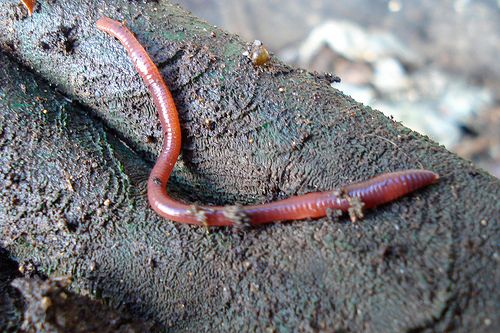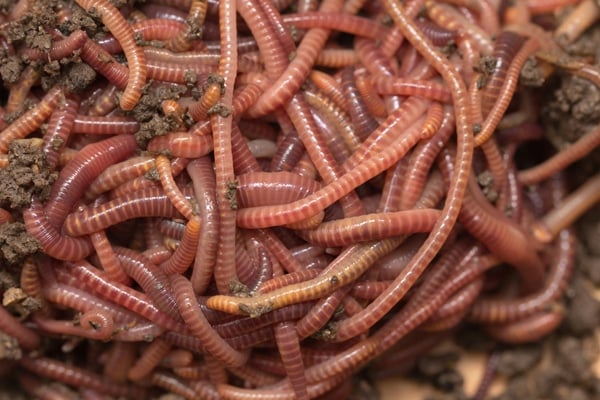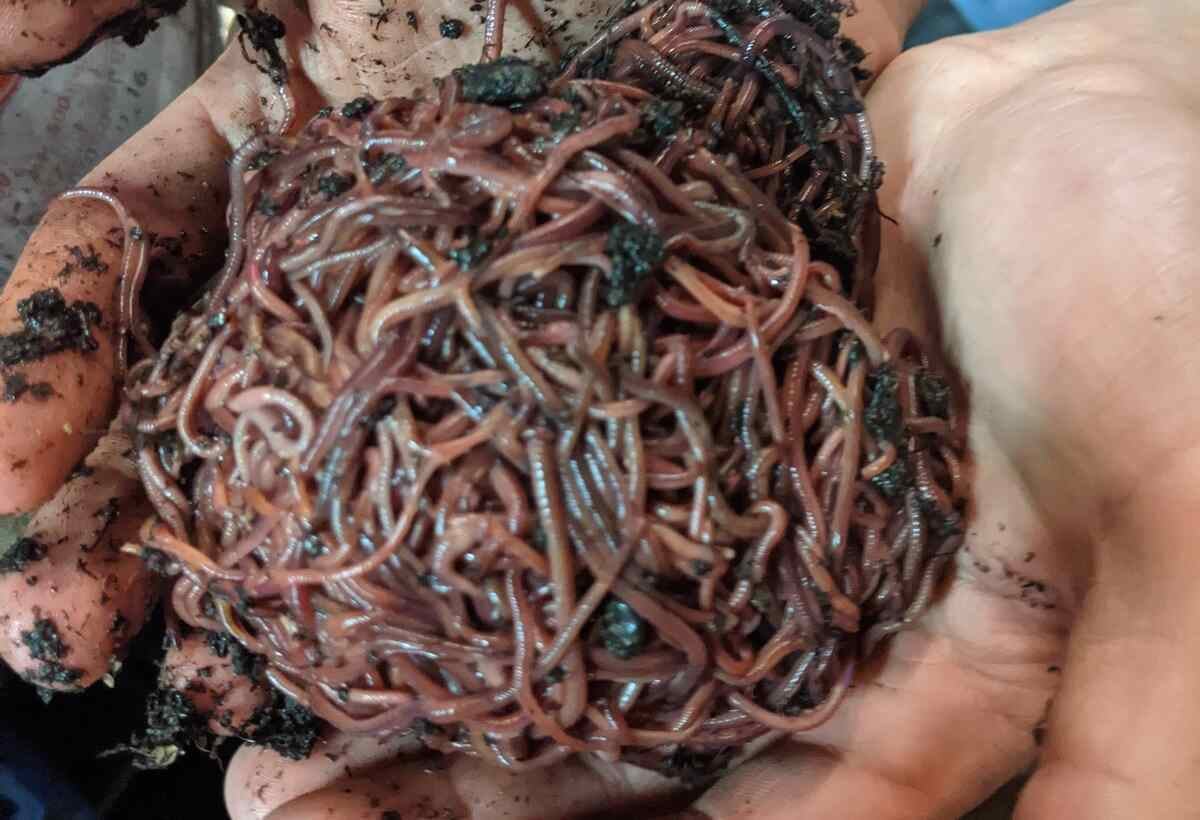Why Lake Hickory Bait Is the Top Choice for Local Bait
Why Lake Hickory Bait Is the Top Choice for Local Bait
Blog Article
Red Wigglers: The Unsung Heroes of Organic Waste Recycling
Red wigglers, or Eisenia fetida, act as essential agents in the natural waste recycling procedure, transforming discarded materials into beneficial vermicompost. Their efficient malfunction of raw material not only enhances soil quality yet additionally contributes to sustainable waste administration techniques. As the globe significantly seeks remedies to fight waste build-up and boost agricultural performance, comprehending the function of these worms comes to be crucial. What devices allow them to thrive in garden compost settings, and how can they be effectively made use of in both residential and industrial setups? Checking out these questions discloses the wider effects of vermicomposting in our environmental landscape.
What Are Red Wigglers?
The remarkable durability of red wigglers, scientifically known as Eisenia fetida, highlights their important duty in organic waste recycling. These little, reddish-brown earthworms are normally located in decomposing raw material, such as garden compost piles and manure stacks. Lake Hickory Bait. Unlike other earthworm species, red wigglers prosper in nutrient-rich atmospheres and are very reliable at damaging down natural products, making them essential for vermicomposting

(Lake Hickory Bait)In addition to their role in waste reduction, red wigglers add to soil health by enhancing dirt framework and aeration with their burrowing tasks (Lake Hickory Bait). Their presence in composting systems not only enhances decay rates however additionally advertises a sustainable method to waste administration, showing their value in ecological conservation initiatives
Benefits of Composting With Worms
Composting with worms, particularly red wigglers, provides various benefits that enhance both waste monitoring and soil wellness. These worms successfully break down natural waste, transforming it right into nutrient-rich vermicompost that enriches dirt. This procedure increases decay, enabling for a faster recycling of cooking area scraps and other natural materials compared to typical composting methods.
Additionally, the vermicompost generated by red wigglers is teeming with beneficial bacteria, which assist improve soil framework, oygenation, and wetness retention. This enhances the overall wellness of plants, advertising strenuous development and enhanced yields in gardens and agricultural setups. The usage of worms in composting decreases the manufacturing of greenhouse gases, such as methane, contributing to a much more sustainable waste administration system.

Exactly How to Beginning Vermicomposting
Establishing a vermicomposting system is a straightforward procedure that can produce significant advantages for both waste management and dirt enrichment. To begin, pick an appropriate container, such as a plastic bin or wood box, with adequate air flow holes to make certain appropriate air movement. The dimensions must ideally be around 2 feet by 3 feet, permitting sufficient area for the worms to prosper.
Following, prepare bed linens product, which can contain shredded paper, cardboard, or coconut coir. This bed linens should be moistened to create a suitable habitat for the worms. Once the bedding is in place, introduce red wigglers (Eisenia fetida) into the bin, typically around one extra pound of worms for every single square foot of surface.
Adhering to the positioning of worms, add organic waste, such as fruit and veggie scraps, coffee grounds, and crushed eggshells. With these steps, you will efficiently start a vermicomposting system that adds to lasting waste monitoring and enhances your dirt.
Maintaining a Healthy Worm Bin
(Lake Hickory Bait)Maintaining a worm bin prospering needs regular attention and treatment to guarantee the health and wellness of the red wigglers and the performance of the composting procedure. Correct upkeep starts with keeping an eye on the moisture levels; the container needs to be moist yet not waterlogged. An excellent guideline of thumb is to keep a consistency comparable to a browse around these guys wrung-out sponge.
Aeration is crucial too. Delicately mixing the bedding and food scraps every couple of weeks avoids compaction and ensures that all worms have access to oxygen. In addition, it is essential to feed the worms appropriately. A balanced diet regimen of fruit and vegetable scraps, coffee premises, and crushed eggshells ought to be supplied in moderation to prevent overfeeding, which can bring about odors and parasites.
Temperature level law is another vital element. Red wigglers prosper in a series of 55 to 77 levels Fahrenheit. If the container becomes too hot or chilly, the worms might come to be worried - Lake Hickory Bait. Periodically inspect for indicators of wellness, such as worm population development and the presence of healthy spreadings. By carefully managing these variables, one can maintain a robust and productive worm container.
Influence On Sustainable Living
The successful upkeep of a worm container not only benefits the health of red wigglers yet additionally adds dramatically to lasting living practices. By recycling natural waste, such as cooking area scraps and lawn debris, red wigglers assist divert substantial amounts of material from landfills. This decrease in waste not just reduces greenhouse gas exhausts however additionally decreases the ecological concern related to waste monitoring.
In addition, the castings generated by red wigglers work as a nutrient-rich natural fertilizer, enhancing dirt health and wellness and advertising plant development. This natural choice to chemical plant foods supports lasting agriculture and horticulture practices, lowering reliance on artificial inputs that can hurt ecological communities. Furthermore, worm composting fosters recognition of waste management, urging individuals and areas to embrace even more sustainable habits.

Final Thought
In recap, red wigglers offer as vital factors to natural waste reusing via their efficient decay of organic products. By incorporating vermicomposting right into waste administration strategies, people and communities can significantly reduce waste while promoting ecological sustainability.
Report this page